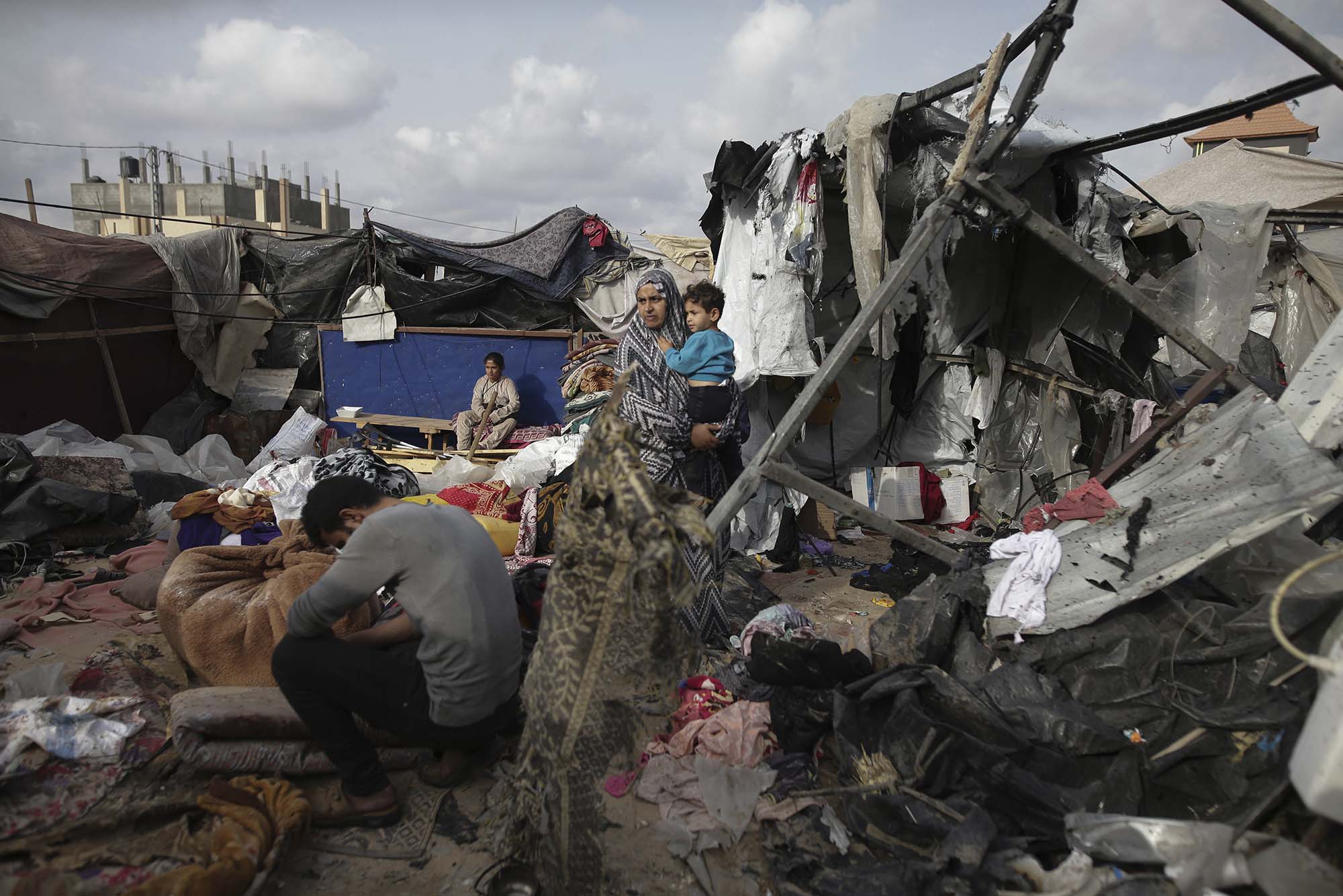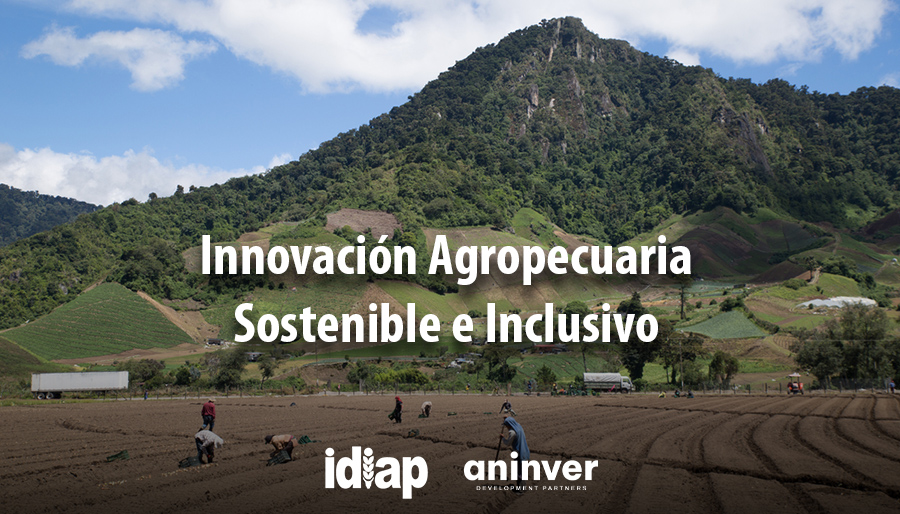How Did Hunger Get So Much Worse in Gaza – The New York Times

Report on the Humanitarian Crisis in Gaza and its Conflict with Sustainable Development Goals
The humanitarian situation in Gaza has severely deteriorated, characterized by an inefficient and hazardous aid distribution system that directly contravenes key United Nations Sustainable Development Goals (SDGs). This report analyzes the systemic failures leading to widespread hunger, civilian casualties, and a deepening public health crisis, with a specific focus on the implications for SDG 2 (Zero Hunger), SDG 3 (Good Health and Well-being), and SDG 16 (Peace, Justice and Strong Institutions).
Analysis of Aid Distribution Mechanisms and Impact on SDG 2
Transition to a Centralized, Inaccessible System
The aid distribution framework in Gaza has shifted from a broad, UN-coordinated network to a highly centralized system with limited access, severely undermining food security.
- The previous system, coordinated by the United Nations, operated through hundreds of distribution sites across the Gaza Strip.
- In May, Israel implemented a new system managed by the Gaza Humanitarian Foundation (G.H.F.), which reduced distribution to just four sites, primarily in southern and central Gaza, with none in the north.
- This consolidation forces civilians to travel for hours through active war zones to access food, directly impeding the goal of SDG 2: Zero Hunger by making food inaccessible.
- According to Israeli data, the volume of food entering Gaza has decreased, falling far short of levels required by aid agencies to prevent widespread hunger.
Violations of Civilian Safety and Contravention of SDG 3 and SDG 16
Location of Aid Sites within Militarized Zones
The placement of aid distribution points within active military zones has proven deadly for civilians, representing a significant failure to uphold principles of peace and safety.
- The G.H.F. aid sites were intentionally established within zones controlled by the Israeli military, requiring thousands of Palestinians to cross military lines to obtain food.
- This policy directly contravenes the objectives of SDG 16: Peace, Justice and Strong Institutions, which calls for the protection of civilians and the reduction of violence.
- The Gazan health ministry reports that over 600 people have been killed while attempting to reach these sites.
Use of Lethal Force Against Civilians
Reports from witnesses and admissions by military officials confirm the use of live ammunition near aid hubs, a severe violation of human health and safety.
- The Israeli military has acknowledged that its forces opened fire, using live rounds and artillery shells, on crowds heading toward aid sites.
- These actions have resulted in numerous deaths and injuries, representing a direct assault on SDG 3: Good Health and Well-being.
Operational Deficiencies and Public Health Consequences
Chaotic and Unpredictable Aid Distribution
The operational management of the new aid sites lacks the basic standards required for safe and effective humanitarian relief, exacerbating desperation and danger.
- Insufficient Operating Windows: Sites open with little warning, often for less than 15 minutes, creating chaos as people wait for hours, often overnight.
- Lack of Infrastructure: The sites are poorly equipped, lacking organized queues, shade, or proper safety barriers. Footage shows people climbing over barbed wire and steep dirt barriers.
- Failure of Crowd Control: Incidents include a stampede that killed approximately 20 people and the use of tear gas by security contractors on crowded civilians. This lack of safe public spaces undermines SDG 11: Sustainable Cities and Communities.
Escalating Malnutrition and Economic Hardship
The combined effect of these failures is a spiraling public health crisis and extreme economic distress for the Gazan population.
- Health Crisis (SDG 2 & SDG 3): Doctors report rising rates of malnutrition, with the World Food Program stating that over one-third of the population goes multiple days without eating. The deaths of severely malnourished children have been officially reported.
- Economic Crisis (SDG 1: No Poverty): The inability to safely access aid has created a parallel market where food is sold at exorbitant prices (e.g., a kilogram of sugar for over $100), deepening the poverty of a population devastated by 22 months of war.
Assessment of Alternative Aid Strategies and the Need for Partnerships (SDG 17)
Inefficiency of Airdrops
The revival of airdrops is not a viable solution to the scale of the crisis.
- Aid experts warn that airdrops are insufficient, expensive, and dangerous. A single aid truck can carry double the payload of an airdrop far more cheaply.
- Previous airdrops resulted in civilian deaths and aid landing in the sea or in Israel, highlighting their unreliability.
The Critical Role of Land Access and Partnerships
Effective humanitarian relief is contingent on safe, scalable land access and functional international cooperation.
- Humanitarian organizations and foreign governments maintain that only truck convoys operating through secure land routes can deliver aid at the necessary scale.
- The current crisis highlights a breakdown in SDG 17: Partnerships for the Goals, demonstrating an urgent need for all parties to facilitate unimpeded and safe humanitarian access to prevent further loss of life.
1. Which SDGs are addressed or connected to the issues highlighted in the article?
SDG 2: Zero Hunger
- The article’s central theme is the severe difficulty in obtaining food in Gaza, leading to widespread hunger and malnutrition. It explicitly states, “obtaining food in Gaza has been more than difficult — it has been deadly,” and that people “often went hungry.”
SDG 3: Good Health and Well-being
- The article directly links the lack of food to severe health consequences, including death. It mentions “serious malnutrition, which Gazan health officials say has caused scores of deaths” and that “severely malnourished children have died.” The violence and deaths at aid sites also fall under this goal.
SDG 16: Peace, Justice and Strong Institutions
- The article describes a situation of conflict where civilians are killed while seeking essential aid. It highlights the failure of institutions to provide safe and effective humanitarian assistance. Phrases like “Hundreds of Palestinians have been killed while heading toward aid sites, many of them by Israeli forces” and the chaotic, dangerous nature of the new aid distribution system point directly to a breakdown of peace and institutional protection.
2. What specific targets under those SDGs can be identified based on the article’s content?
SDG 2: Zero Hunger
-
Target 2.1: By 2030, end hunger and ensure access by all people, in particular the poor and people in vulnerable situations, to safe, nutritious and sufficient food all year round.
- The article shows a complete failure to meet this target. It describes how an aid blockade caused “widespread hunger” and the new system requires Gazans to “walk for hours through a war zone to get food,” making access neither safe nor sufficient.
-
Target 2.2: By 2030, end all forms of malnutrition.
- The article provides direct evidence of the prevalence of malnutrition, stating, “Doctors in Gaza are reporting spiraling rates of malnutrition” and that “Gaza health officials say severely malnourished children have died.”
SDG 3: Good Health and Well-being
-
Target 3.d: Strengthen the capacity of all countries… for early warning, risk reduction and management of national and global health risks.
- The situation described is a severe health crisis (famine, death) that is being mismanaged. The article notes that the new aid sites “don’t have the basic protections that aid organizations say should be standard,” indicating a weak capacity to manage the health risks associated with the crisis.
SDG 16: Peace, Justice and Strong Institutions
-
Target 16.1: Significantly reduce all forms of violence and related death rates everywhere.
- The article is replete with examples of violence and death. It reports, “More than 600 people have been killed while trying to reach the new Gaza Humanitarian Foundation sites” and that the Israeli military used “live fire” and “artillery shells” against crowds.
-
Target 16.A: Strengthen relevant national institutions… to prevent violence.
- The article details the breakdown of the UN-coordinated aid system and its replacement with a new system by the Gaza Humanitarian Foundation (G.H.F.) that is described as chaotic and deadly. The fact that sites are in “zones controlled by the Israeli military” and people are killed trying to access them shows a failure of institutions to protect civilians and prevent violence.
3. Are there any indicators mentioned or implied in the article that can be used to measure progress towards the identified targets?
SDG 2: Zero Hunger
-
Prevalence of malnutrition:
- The article explicitly mentions “serious malnutrition,” “spiraling rates of malnutrition,” and “scores of deaths” caused by it, which are direct indicators for Target 2.2.
-
Prevalence of severe food insecurity:
- The article implies this through descriptions like “The World Food Program says more than one in three people aren’t eating for multiple days” and people paying “astronomical prices” for basic food items, such as “$100 for a kilogram of sugar.” This relates to Target 2.1.
-
Volume of humanitarian aid:
- The article provides data on aid volume, noting that “less food is going into Gaza now than during most other times in the war” and compares the inefficiency of airdrops (“10 tons of supplies”) to truck deliveries (“A single truck… can carry double that”). This measures the input for ensuring access to food.
SDG 3: Good Health and Well-being
-
Mortality Rate:
- The article provides specific numbers on deaths, which serve as a direct indicator of premature mortality. Examples include “Hundreds of Palestinians have been killed,” “More than 600 people have been killed,” and “20 people were killed in a stampede.”
SDG 16: Peace, Justice and Strong Institutions
-
Conflict-related deaths:
- The death tolls provided in the article (“600 people have been killed while trying to reach the new Gaza Humanitarian Foundation sites”) are direct indicators of conflict-related deaths, measuring progress (or lack thereof) towards Target 16.1. The article also cites ACLED (Armed Conflict Location and Event Data), a source for this specific indicator.
4. SDGs, Targets and Indicators Analysis
| SDGs | Targets | Indicators |
|---|---|---|
| SDG 2: Zero Hunger |
2.1: End hunger and ensure access to safe, nutritious and sufficient food.
2.2: End all forms of malnutrition. |
– Prevalence of food insecurity (e.g., “more than one in three people aren’t eating for multiple days”). – Access to food (e.g., “Gazans would often have to walk for hours through a war zone to get food”). – Food prices (e.g., “A kilogram of tomatoes can cost around $30”). – Prevalence of malnutrition (e.g., “spiraling rates of malnutrition,” “severely malnourished children have died”). |
| SDG 3: Good Health and Well-being | 3.d: Strengthen capacity for health risk management. |
– Mortality rate from preventable causes (e.g., “scores of deaths” from malnutrition). – Functionality of aid infrastructure (e.g., “Sites don’t have the basic protections that aid organizations say should be standard”). |
| SDG 16: Peace, Justice and Strong Institutions |
16.1: Significantly reduce all forms of violence and related death rates.
16.A: Strengthen institutions to prevent violence. |
– Conflict-related deaths (e.g., “More than 600 people have been killed while trying to reach the new Gaza Humanitarian Foundation sites”). – Number of victims of violence (e.g., “Israeli soldiers have used live fire near aid hubs”). – Institutional effectiveness (e.g., breakdown of UN system, chaos at G.H.F. sites, stampedes). |
Source: nytimes.com

What is Your Reaction?
 Like
0
Like
0
 Dislike
0
Dislike
0
 Love
0
Love
0
 Funny
0
Funny
0
 Angry
0
Angry
0
 Sad
0
Sad
0
 Wow
0
Wow
0



























;Resize=805#)


















































